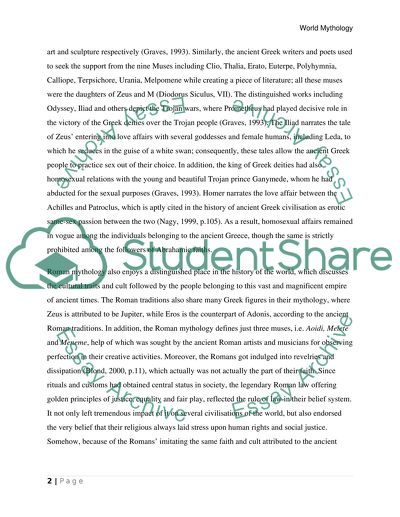Cite this document
(“World mythology gives us an understanding of early indigenous Essay”, n.d.)
Retrieved de https://studentshare.org/religion-and-theology/1465772-world-mythology-gives-us-an-understanding-of-early
Retrieved de https://studentshare.org/religion-and-theology/1465772-world-mythology-gives-us-an-understanding-of-early
(World Mythology Gives Us an Understanding of Early Indigenous Essay)
https://studentshare.org/religion-and-theology/1465772-world-mythology-gives-us-an-understanding-of-early.
https://studentshare.org/religion-and-theology/1465772-world-mythology-gives-us-an-understanding-of-early.
“World Mythology Gives Us an Understanding of Early Indigenous Essay”, n.d. https://studentshare.org/religion-and-theology/1465772-world-mythology-gives-us-an-understanding-of-early.


